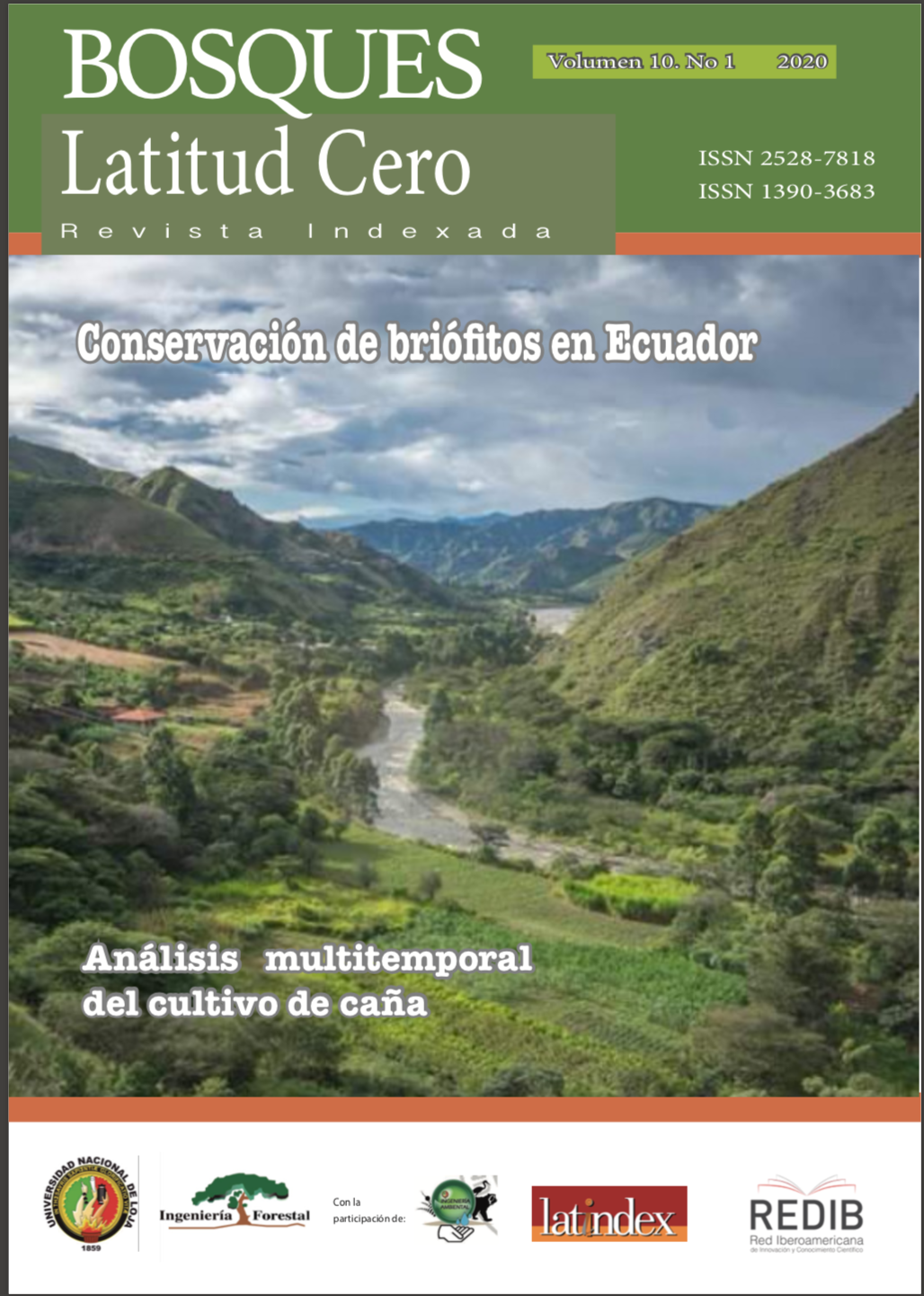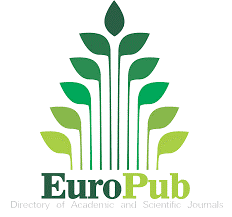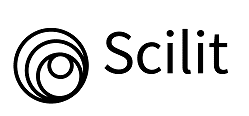Actividad antimicrobiana de extractos de Plumbago scandens L. (Yerba de la culebra)
Keywords:
Plumbago scandens L, actividad microbiana, extracto hexánicoAbstract
El presente estudio se propuso evaluar la actividad antimicrobiana de los extractos hexánico, etanólico y acuoso de la parte aérea y raíz de Plumbago scandens L. (Plumbaginaceae), planta referida por conocedores populares y sanadores para el tratamiento de diferentes afecciones, particularmente de la piel. Los extractos se obtuvieron secuencialmente de la misma matriz constituida de hojas, raíz y tallos secos pulverizados; los extractos se concentraron a presión reducida a 30, 45 y 55 ºC respetivamente, se liofilizaron y conservaron en refrigeración. La actividad antimicrobiana se evaluó con 10 cepas de microorganismos de la American Type Culture Collection por el método de difusión de Kirby-Bauer modificado en agar Muller Hinton, con discos de papel Whatman Nº 3, de 6 mm de diámetro, a una concentración de 1 mg de extracto por disco. Solo el extracto hexánico, a las concentraciones ensayadas, presentó actividad contra Bacillus subtilis subsp. Spizizenii, Candida albicans, Staphylococcus aureus subsp. Aureus, Streptococcus pneumoniae, Streptococcus pyogenes y Proteus vulgaris Hauser emend y fue negativa para Escherichia coli, Klebsiella pneumoniae, Pseudomonas aeruginosa y Salmonella entérica Typhimurium. Los resultados confirman un amplio espectro de actividad antimicrobiana del extracto hexánico, tanto contra microorganismos Gram positivos y negativos y sobre una levadura, siendo especialmente significativa su actividad contra Bacillus subtilis subsp. Spizizenii, Streptococcus pyogenes y Staphylococcus aureus.References
Adegbite, A. A., Adebanjo, A. A., Yusuf-Babatunde, O. A., & Sowole, R. A. (2014). Antimicrobial activity of Plumbago zeylanica plant extracts and its application in water and laboratory disinfection. American Academic and Scholarly Research Journal, 6(6), 55-64. Recuperado de https://www.academia.edu/9650918/Antimicrobial_activity_of_Plumbago_zeylanica_plant_extracts_and_its_application_in_water_and_laboratory_disinfection
Adusei, E. B. A., Adosraku, R. K., Oppong-Kyekyeku, J., Amengor, C. D. K., & Jibira, Y. (2019). Resistance Modulation Action, Time-Kill Kinetics Assay, and Inhibition of Biofilm Formation Effects of Plumbagin from Plumbago zeylanica Linn. Journal of Tropical Medicine, 2019(27 november 2019). https://doi.org/10.1155/2019/1250645
Balouiri, M., Sadiki, M., & Koraichi Ibnsouda, S. (2016). Methods for in vitro evaluating antimicrobial activity: A review. https://doi.org/10.1016/j.jpha.2015.11.005
Bauer, A. W., Kirby, W. M., Sherris, J. C., & Turck, M. (1966). Antibiotic susceptibility testing by a standardized single disk method. American Journal of Clinical Pathology, 45(4), 493-496.
Charles Darwin Fundation. (2020). Plumbago zeylanica. Recuperado 8 de febrero de 2020, de Lista de Especies de Galápagos website: https://www.darwinfoundation.org/es/datazone/checklist?species=16541
Chauhan, M. (2014). A review on Morphology, Phytochemistry and Pharmacological activities of medicinal herb Plumbago zeylanica Linn. Journal of Pharmacognosy and Phytochemistry, 3(2), 95-118. Recuperado de http://www.phytojournal.com/archives/2014/vol3issue2/PartB/33.1-431.pdf
Chhabra, S. C. S. C., Uiso, F. C. C., & Mshiu, E. N. N. (1984). Phytochemical screening of tanzanian medicinal plants. Journal of Ethnopharmacology, 11(2), 157-179. https://doi.org/10.1016/0378-8741(84)90037-0
Cvjetko Bubalo, M., Vidović, S., Radojčić Redovniković, I., & Jokić, S. (2018). New perspective in extraction of plant biologically active compounds by green solvents. Food and Bioproducts Processing, 109(March), 52-73. https://doi.org/10.1016/j.fbp.2018.03.001
Das, K., Tiwari, R. K. S., & Shrivastava, D. K. (2010). Techniques for evaluation of medicinal plant products as antimicrobial agent: Current methods and future trends. Journal of Medicinal Plants Research, 4(2), 104-111. https://doi.org/10.5897/JMPR09.030
Dhale, D. A., & Markandeya, S. K. (2011). Antimicrobial and Phytochemical Screening of Plumbago zeylanica Linn. (Plumbaginaceae) Leaf. Journal of Experimental Sciences, 2(3), 04-06. Recuperado de file:///C:/Users/Usuario/Downloads/Exp Sci 6028-16279-1-PB[1] (Dhale).pdf
Farcio-villarreal, M., Rojas-idrogo, C., Moncada-ascencio, N., Trevisan-Ferreira, D., Pereira Pinto, J., Delgado-paredes, G. E., … Delgado-paredes, G. E. (2015). In vitro tissue culture, chemical composition and biological activity of Plumbago scandens L. Internationa Journal of Applied Biology and Pharmaceutical Techonology, 6(1), 199-209. Recuperado de http://imsear.li.mahidol.ac.th/bitstream/123456789/168482/1/ijabpt2015v6n1p199.pdf
Gallegos Zurita, M. (2016). Las plantas medicinales: principal alternativa para el cuidado de la salud, en la población rural de Babahoyo, Ecuador. Anales de la Facultad de Medicina, 77(4), 327. https://doi.org/10.15381/anales.v77i4.12647
Ganesan, K., & Gani, S. (2013). Ethnomedical and Pharmacological Potentials of Plumbago zeylanica LA. American Journal of Phytomedicine and Clinical Therapeutics, 1(3), 313-337. Recuperado de http://www.ajpct.org/PA-400163-[6].pdf
Hudzicki, J. (2009). Kirby-Bauer Disk Diffusion Susceptibility Test Protocol. En American Society For Microbiology. Recuperado de American Society for Microbiology website: http://www.asmscience.org/docserver/fulltext/education/protocol/protocol.3189.pdf?expires=1489398168&id=id&accname=guest&checksum=B78DE5FED4533FB401BFE82D96E0CABD
Jain, P., Sharma, H. P., Basri, F., Baraik, B., Kumari, S., & Pathak, C. (2014). Pharmacological profiles of ethno-medicinal plant: Plumbago zeylanica l.- A review. International Journal of Pharmaceutical Sciences Review and Research, 24(1), 157-163. Recuperado de http://globalresearchonline.net/journalcontents/v24-1/29.pdf
Jeyachandran, R., Mahesh, A., Cindrella, L., Sudhakar, S., & Pazhanichamy, K. (2009). Antibacterial activity of plumbagin and root extracts of Plumbago Zeylanica L. Acta Biologica Cracoviensia Series Botanica, 51(1), 17-22. Recuperado de https://www.researchgate.net/publication/229091628_Evaluation_of_antibacterial_activity_of_plumbagin_and_the_root_extracts_of_Plumbago_zeylanica_L
Jørgensen, P., León-Yánez, S., & (eds.). (1999). Catalogue of the Vascular Plants of Ecuador. Catálogo de las Plantas Vasculares del Ecuador. En V. Hollowell (Ed.), Monogr. Syst. Bot. Missouri Bot. Gard. (Vol. 75). Saint Louis: Missouri Botanical Garden Press.
Karthika, K. S. M. (2015). Antibacterial activity of plant extract Plumbago zeylanica against clinical bacteria. International Journal of Science, Environment and Technology, 4(6), 1603-1607. Recuperado de www.ijset.net
Malar Tharmaraj, R. J. J., & Marimuthu Antonysamy, J. (2016). Screening of Bactericidal Activity of Selected Plumbago Species Against Bacterial Pathogens. Journal of Microbiology & Experimentation, 2(6), 7. https://doi.org/10.15406/jmen.2015.02.00070
Marreira, E. M., Almeida, P. R. M., Giulietti, A. M., & De Oliveira, R. P. (2017). Flora da Bahia: Plumbaginaceae. SITIENTIBUS série Ciências Biológicas, 17(November 2018). https://doi.org/10.13102/scb2815
Mengane, S. K., & Kemble, S. S. (2015). Phytochemical screening and antifungal activity of Plumbago zeylanica L. International Journal of Pharmaceutical Research and Development, 6(January), 40-42. Recuperado de http://www.ijprd.com/PHYTOCHEMICAL SCREENING AND ANTIFUNGAL ACTIVITY OF PLUMBAGO ZEYLANICA.pdf
Mulugeta, A., Gebremariam, G., & Weldemariam Getahun, Y. (2014). Invitro Antimicrobial Activity of Plumbago Zylanica L. Journal of Natural Sciences Research www, 4(18), 2225-2921. Recuperado de http://iiste.org/Journals/index.php/JNSR/article/viewFile/15860/16357
Nair, S. V., Baranwal, G., Chatterjee, M., Sachu, A., Vasudevan, A. K., Bose, C., … Biswas, R. (2016). Antimicrobial activity of plumbagin, a naturally occurring naphthoquinone from Plumbago rosea, against Staphylococcus aureus and Candida albicans. International Journal of Medical Microbiology, 306(4), 237-248. https://doi.org/10.1016/j.ijmm.2016.05.004
Pant, M., Lal, A., Rana, S., & Rani, A. (2012). Plumbago Zeylanica L.: a Mini Review. International Journal of Pharmaceutical Applications, 3(3), 399-405. Recuperado de http://www.bipublication.com/files/IJPA-V3I32012-4.pdf
Ribeiro, T. G., Chávez-Fumagalli, M. a., Valadares, D. G., Franca, J. R., Lage, P. S., Duarte, M. C., … Castilho, R. O. (2014). Antileishmanial activity and cytotoxicity of Brazilian plants. Experimental Parasitology, 143, 60-68. https://doi.org/10.1016/j.exppara.2014.05.004
Sagar, A., Bala, M., & Prakash, V. (2017). Studies on endophytes and antibacterial activity of Plumbago zeylanica L. International Journal of Multidisciplinary Research and Development, 4(1), 1-4. Recuperado de http://www.allsubjectjournal.com/archives/2017/vol4/issue1/4-1-19
Savithramma, N., Linga Rao, M., & Suhrulatha, D. (2011). Screening of Medicinal Plants for Secondary Metabolites. Middle-East Journal of Scientific Research, 8(3), 579-584. Recuperado de https://pdfs.semanticscholar.org/d2de/129d82c883b8780deb853dd054c2dacbba98.pdf
Sharma, A., & Singh, N. (2015). A multifarious potent herb: Plumbago zeylanica-A mini review. International Journal of Recent Scientific Research, 6(6), 4825-4829. Recuperado de http://www.recentscientific.com/sites/default/files/2736.pdf
Sharma, N., & Kaushik, P. (2014). Medicinal, Biological and Pharmacological Aspects of Plumbago zeylanica (Linn .). Journal of Pharmacognosy and Phytochemistry, 3(4), 117-120. Recuperado de http://www.phytojournal.com/vol3Issue4/Issue_nov_2014/12.1.pdf
Sharma, S., Yadav, D. P., Singh, B., & Chhipa, R. C. (2012). Antimicrobial activity of the Soxhlet extraction of Plumbago zeylanica leaf extracts in-vitro conditions. Research Journal of Pharmacy and Technology, 5(October), 1320-1322. Recuperado de https://www.academia.edu/6042777/Antimicrobial_activity_of_the_Soxhlet_extraction_of_Plumbago_zeylanica_leaf_extracts_In-vitro_conditions
Shweta, S., & Dubey, S. (2015). Antimicrobial Activity of Leaves Extract of Plumbago Zeylanica Plant against Known Drugs" International Journal of Research Studies in Biosciences, 3(6), 1-6. Recuperado de www.arcjournals.org
Silva, T. F., & Oliveira, A. B. de. (2016). Plantas leishmanicidas da Amazônia Brasileira: uma revisão. Revista Fitos, 10(3), 339-363. https://doi.org/10.5935/2446-4775.20160026
Singh, M. K., Pandey, A., Sawarkar, H., Gupta, A., Gidwani, B., Dhongade, H., & Tripathi, D. K. (2017). Methanolic Extract of Plumbago Zeylanica - A Remarkable Antibacterial Agent Against Many Human and Agricultural Pathogens. Journal of pharmacopuncture, 20(1), 18-22. https://doi.org/10.3831/KPI.2017.20.004
Srivastava, S., Mishra, J., Kumar Gupta, A., Singh, A., & Singh, S. (2017). Laboratory confirmed miltefosine resistant cases of visceral leishmaniasis from India. Parasites and Vectors, 10(49), 2-11. https://doi.org/10.1186/s13071-017-1969-z
Subhash, K., Wabale, A. S., & Kharde, M. N. (2013a). Phytochemical Screening and Antimicrobial Studies on Plumbago. Advances in Bioresearch, 4(September), 115-117. Recuperado de http://soeagra.com/abr/abrsept_2013/22.pdf
Subhash, K., Wabale, A. S., & Kharde, M. N. (2013b). Pytochemical Screening and Antimicrobial Studies on Plumbago zeylanica L. Adv. Biores, 4(3), 115-117. Recuperado de http://www.soeagra.com/abr/abrsept_2013/22.pdf
Tinitana, F., Rios, M., Romero-Benavides, J. C., de la Cruz Rot, M., & Pardo-de-Santayana, M. (2016). Medicinal plants sold at traditional markets in southern Ecuador. Journal of Ethnobiology and Ethnomedicine, 12(1), 1-18. https://doi.org/10.1186/s13002-016-0100-4
Valverde Badillo, F. de M. (1998). Plantas útiles del litoral ecuatoriano (Primera). Guayaquil: Ministerio del Ambiente de Ecuador, Editorial Jumandi.
Downloads
Published
How to Cite
Issue
Section
License
This work is published under the Creative Commons Attribution-NonCommercial-ShareAlike 4.0 International (CC BY-NC-SA 4.0) license. This means that users may copy, distribute, and adapt the content, provided that proper credit is given to the authors and the journal. Commercial use of the material is not permitted. Additionally, any derivative work must be distributed under the same license. This license ensures open access to knowledge, promoting the dissemination and reuse of published works for non-commercial purposes, respecting authorship, and ensuring the free circulation of content under fair terms.





























